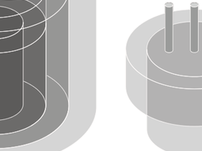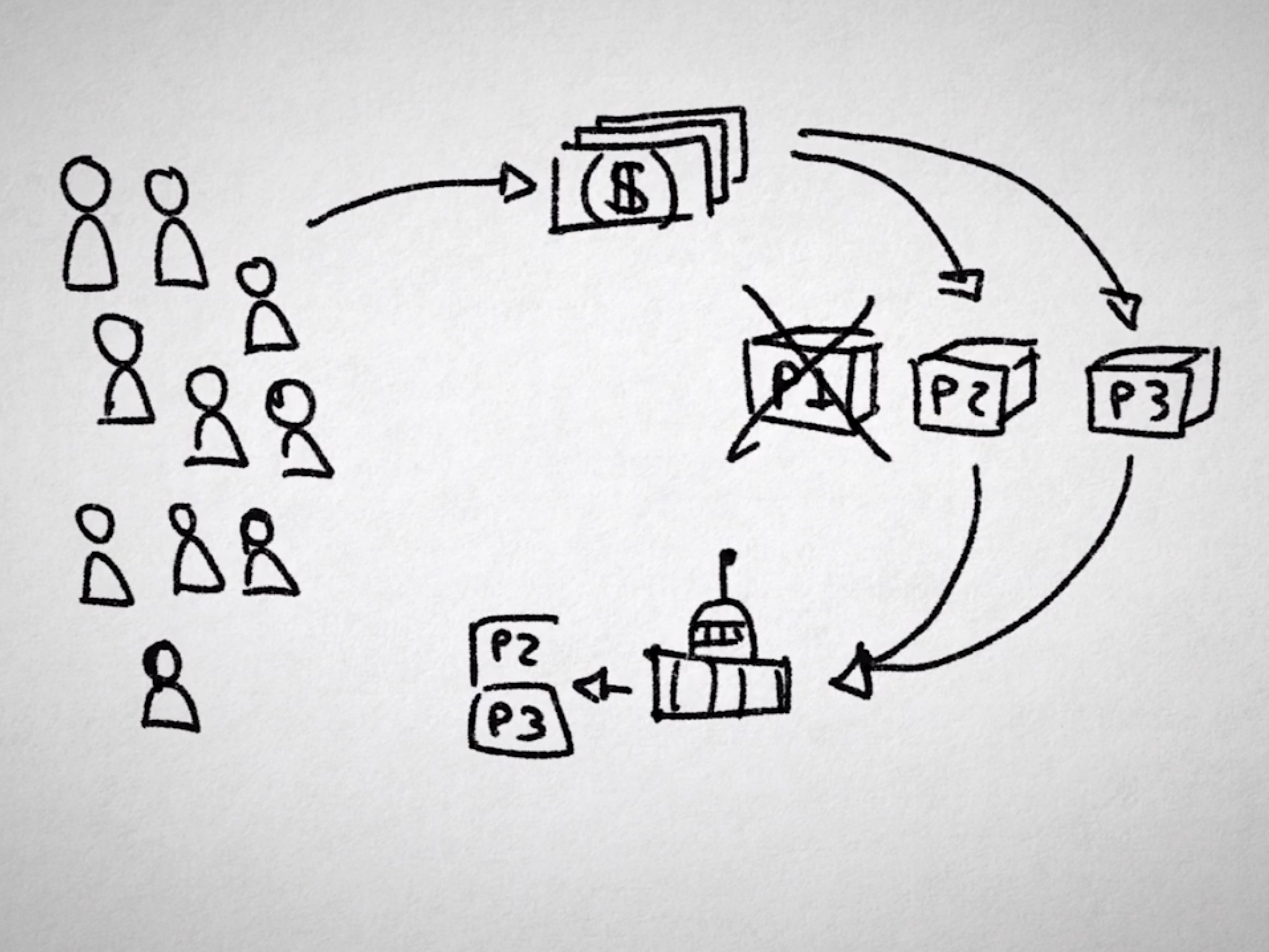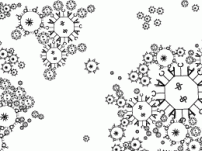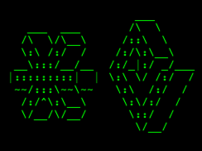Date: 2004.
Context: Academic project at Interaction Design Institute Ivrea.
Product: Bakedbits. Ambiguous consumption of electronics.
Context: Academic project at Interaction Design Institute Ivrea.
Product: Bakedbits. Ambiguous consumption of electronics.
Bakedbits are 3 objects, each one mainly characterized by being an electronic object as well as food.
The Bakedbits objects are intentionally ambiguous. Using food as the design material for the electronic devices (body, shell, buttons), they intend to create a tension in our stereotyped assumptions of the properties of an electronic object (use of plastic, water resistant, toxic, very defined shape, throwaway), and in how food should be presented (hygienic, packaged, ephemeral, organic). This ambiguity stimulates thinking about these assumptions by offering the possibility of skepticism or belief in the object without constraining it to a specific answer. At the same time, it makes more evident some aspects of the relationship between the user and the object that didn't become contradictory despite the different contexts.
The Bakedbits objects are intentionally ambiguous. Using food as the design material for the electronic devices (body, shell, buttons), they intend to create a tension in our stereotyped assumptions of the properties of an electronic object (use of plastic, water resistant, toxic, very defined shape, throwaway), and in how food should be presented (hygienic, packaged, ephemeral, organic). This ambiguity stimulates thinking about these assumptions by offering the possibility of skepticism or belief in the object without constraining it to a specific answer. At the same time, it makes more evident some aspects of the relationship between the user and the object that didn't become contradictory despite the different contexts.
Paneluce on the home page of Interaction Design Institute Ivrea (IDII).
1. Paneluce object site
A lamp than can be consumed as bread.
The intention was to make an electronic object that would put together a very common representation of the object (a lamp) and of the food (bread). This union was designed to investigate the electronic object that is made for ephemeral - even daily - consumption, though still is not completely consumed.
A lamp than can be consumed as bread.
The intention was to make an electronic object that would put together a very common representation of the object (a lamp) and of the food (bread). This union was designed to investigate the electronic object that is made for ephemeral - even daily - consumption, though still is not completely consumed.
If one chooses to consume the object, the entire loaf of bread cannot be eaten because it is the shell and body of the lamp. If the food is consumed, there will be a light bulb and a socket remaining. In this latter case, the light bulb can still be used for other purposes.
2. Cd-lini object site
This is a compact disc that can be consumed as pasta by peeling off the metallic label and cooking it.
CDs and digital music are banalized goods in the sense that they are easy to acquire, are cheap and are readily available. In the CD-lini, transforming CDs into circular pasta exposes the transitory interest (appetite) in this object and stimulates questions about the appropriate disposal for this kind of object.
This is a compact disc that can be consumed as pasta by peeling off the metallic label and cooking it.
CDs and digital music are banalized goods in the sense that they are easy to acquire, are cheap and are readily available. In the CD-lini, transforming CDs into circular pasta exposes the transitory interest (appetite) in this object and stimulates questions about the appropriate disposal for this kind of object.
Cdlini comes in cans with different flavors. The flavors refer to music labels compilations (ex.: Matador Rock mix) or to specific bands (ex.: Arcade Fire special). The package contains 25 audio Cd singles (8 cm diameter), each one with a different music accordingly to the flavor. Cdlini can be used for cooking just peeling off the metallic label. One can use the peeled discs as lasagna tiles or simply as pasta.
The information is not stored in the label, so when one eats the Cdlini one is also eating the information. If one has problems with hygiene they can just throw it away without further consequences or use as compost.
3. DolceRadio object site
This is a radio that can be used as an electronic object and consumed as food simultaneously. By eating its control knobs and buttons, one is actually taking out functions from the radio.
The radio is an example of a technological object that in its original functionality is not as desirable anymore when compared to other more advanced devices. The DolceRadio tries to regain its attractiveness not by innovation, but by adding seductive qualities using chocolate and adding extra functions. It aims to stimulate questions about the presence of additional characteristics and how they influence desirability.
This is a radio that can be used as an electronic object and consumed as food simultaneously. By eating its control knobs and buttons, one is actually taking out functions from the radio.
The radio is an example of a technological object that in its original functionality is not as desirable anymore when compared to other more advanced devices. The DolceRadio tries to regain its attractiveness not by innovation, but by adding seductive qualities using chocolate and adding extra functions. It aims to stimulate questions about the presence of additional characteristics and how they influence desirability.
The radio is made of dark and milk chocolate. It has basic radio functions, like tunning, volume, on/off, etc, and some with more specific use like bass boost, preset memory and alarm. If one pulls out a control knob and don't put it back, one is actually taking out this function from the radio. The appearance and functions of the radio can be dramatically affected by consuming its control knobs as food.
Images & Videos









